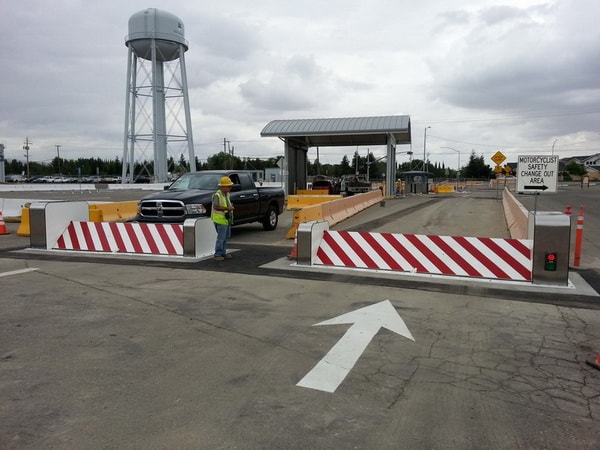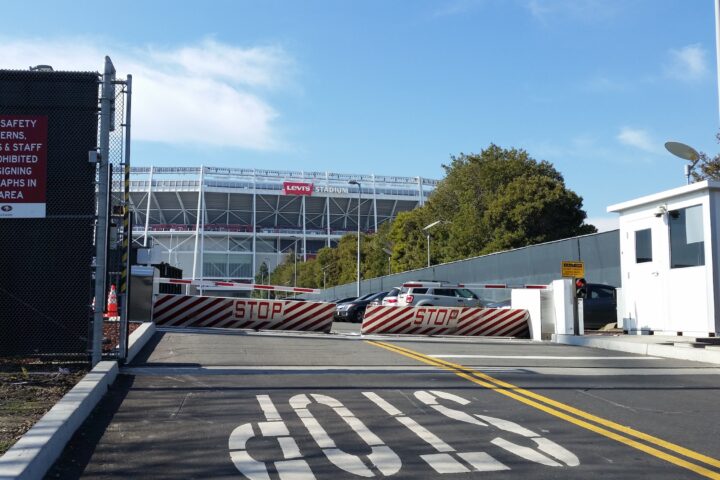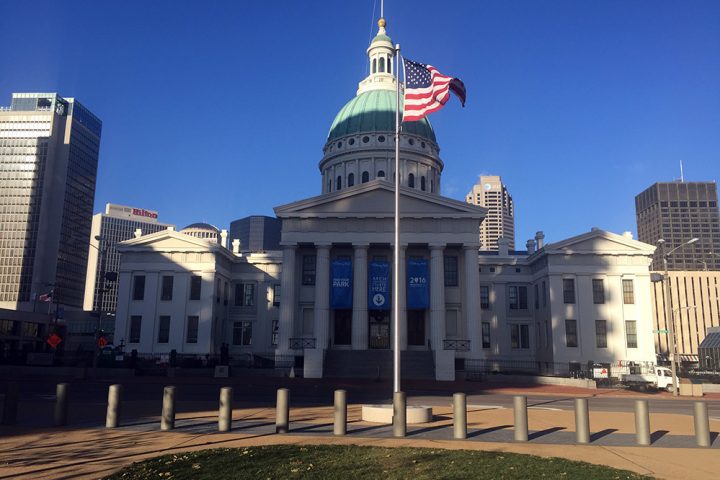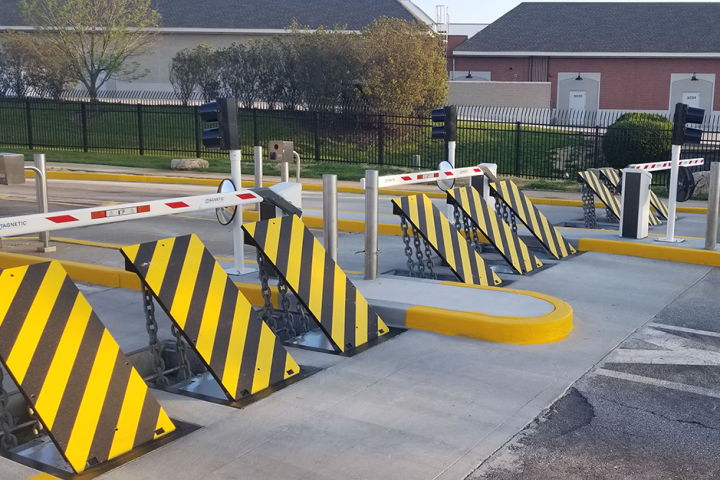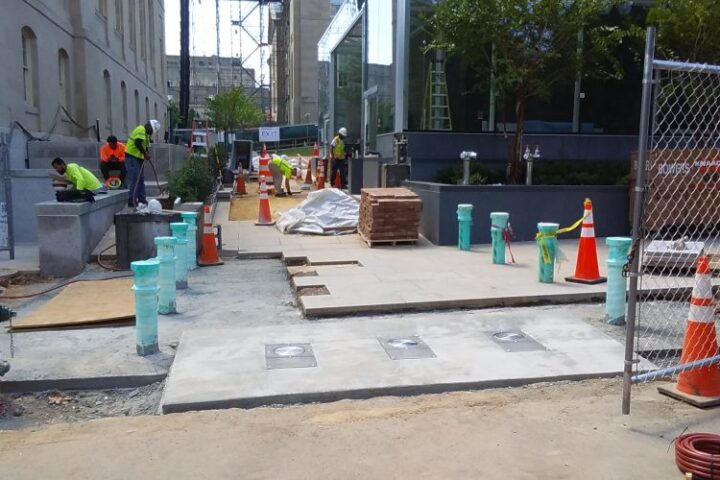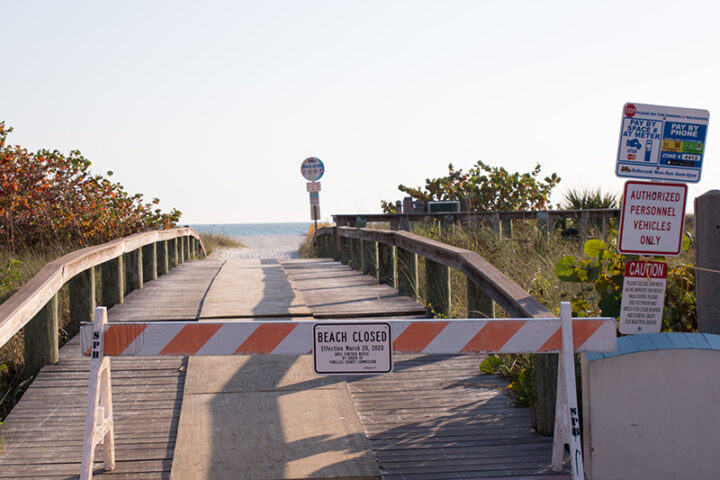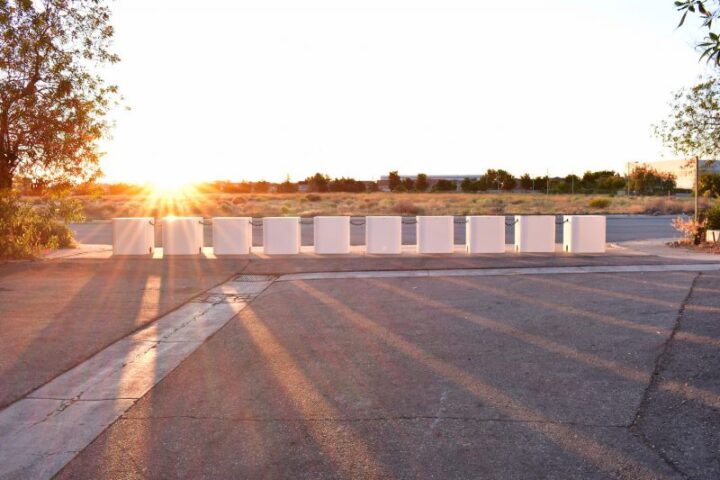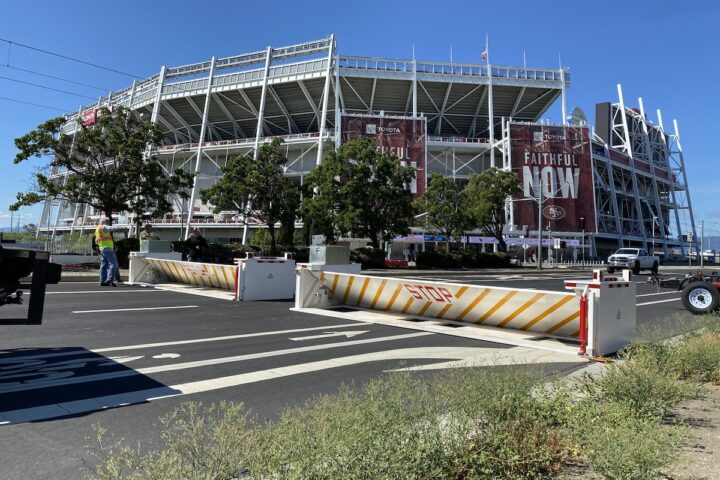A wide range of facilities faces potential threats from errant drivers, car-crashing thieves, or truck bomb attacks. Delta Scientific barricades are effective at neutralizing these threats, protecting both the facilities and the people that occupy them from serious harm. However, what happens when you need protection quickly, or the site is not conducive to the installation of a traditional barrier? We have you covered in these scenarios as well with surface-mounted barriers such as the DSC1200.
Physical Security of Nuclear Sites
The first Nuclear Security Summit was held in 2010 with the goal of securing all vulnerable nuclear material worldwide within four years. Since that time, countries that store nuclear materials have made great progress, but the challenge of securing them has proven difficult to overcome despite three subsequent Nuclear Security Summits at two-year intervals. Securing nuclear weapons and materials is a top priority for the United States, and Delta Scientific products may have a role to play in safeguarding the facilities where the materials are stored.
Product Spotlight: DSC1425 Surface-Mounted Barricade
Many barricades, including some of Delta Scientific products, are permanent installations that require building deep foundations. However, these devices are not always practical. Fortunately, we offer alternatives to better suit your needs, such as the DSC1425 Surface-Mounted Barricade.
Evolving Security Challenges in Washington, D.C.
Thirty years ago, security at government buildings and historic sites in Washington, D.C., was much less stringent than it is today. Ordinary citizens were free to walk into the Capitol building and gather in large groups for pictures on the front steps without surveillance by security guards. However, due to evolving security threats against the nation’s capital, this is no longer possible.
Our Fastest, Smallest, Shallowest Barricade: DSC2000
As terrorists become more emboldened and the threat of vehicle attacks increases, a crash-rated barricade becomes more necessary, especially for government buildings and other sensitive facilities. However, there are difficulties involved in transporting and installing many barricades. For one thing, if the facility is in a remote location, transporting the heavy equipment to the site can be a challenge. Conversely, if the facility is in a well-established and developed area, it is difficult to install the barricade without disturbing underground utilities and other buried elements.
The Art of Separation
Ensuring public safety should always be the driving force of security. Protecting both people and property from an attack can take more than rudimentary safeguards like fencing and traffic barriers. Mass demonstrations such as protests can put security teams at odds with these goals, but when intensive measures are taken, the response can project a tone of intimidation instead of protection. With the right tools and excellent preparation, any location can be ready to both safeguard people and property while also maintaining an air of professional authority.
Handling Closings and Restrictions Through the COVID-19 Crisis
As the pandemic continues to wash over the country, state and federal parks and services are drowning in closures and occupancy restrictions. Unfortunately, citizens are looking for solace away from quarantine procedures in the majesty of nature. This puts undue strain on the National Park Service that wasn’t designed for long-term regulations to minimize exposure. Fortunately, there are many ways that location managers can mitigate the disruption in service with either temporary or permanent barrier systems. Using simple methods to upgrade security procedures can help facilitate easier transitions as these places are reopened to the public.
Security When Space Is at a Premium
Security teams and building designers have long had to deal with an important balancing act. Pedestrian safety is important, but oftentimes it comes at the cost of aesthetics. In addition, with the advent of social distancing, creating pathways for high foot traffic areas is an even greater challenge.
Protecting Pedestrians and Property Amidst Protests
The right to state an opinion is something that many Americans hold dear. When many voices call out in unison, the results can turn into a security nightmare. Even locations where high pedestrian traffic isn’t normally a concern need to have a plan in place to handle massive protests. Local authorities may be in charge of keeping the peace, but there are many steps that professional security teams and designers can take to ensure the safety of people and property under their care. Using both fixed and portable units, any location can be prepared for demonstrations in ways that keep everyone’s safety at the forefront.
The Threat Behind Computerized Vehicles
The idea behind vehicular attacks is simple. Unlike conventional weapons, larger cars and trucks are more ubiquitous, and the potential cost to morale and the population as a whole is high. The main concession is that these transports need to be manned by a person with devious intent. However, the continued computerization of vehicles, as well as the push towards complete autonomous driving, may make this form of improvised ammunition much more effective and dangerous.

